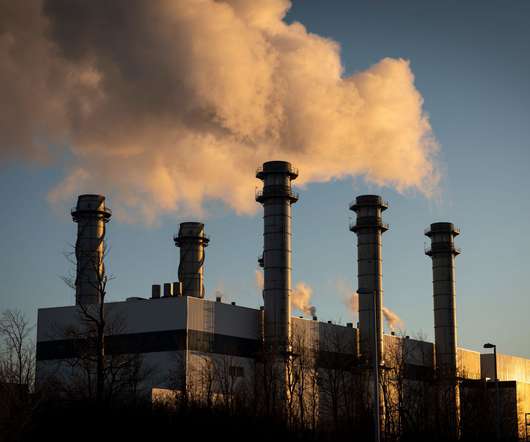Statement: Ontario’s Hydrogen Investments are Dangerous Subsidies Masquerading as Climate Action
Enviromental Defense
OCTOBER 12, 2023
One is a subsidy to Enbridge—a fossil fuel giant—to build a fossil fuel power plant. Instead, it will lock in polluting fossil fuel infrastructure for decades. Given its tiny size, it is very hard to keep hydrogen from leaking into the atmosphere.















Let's personalize your content